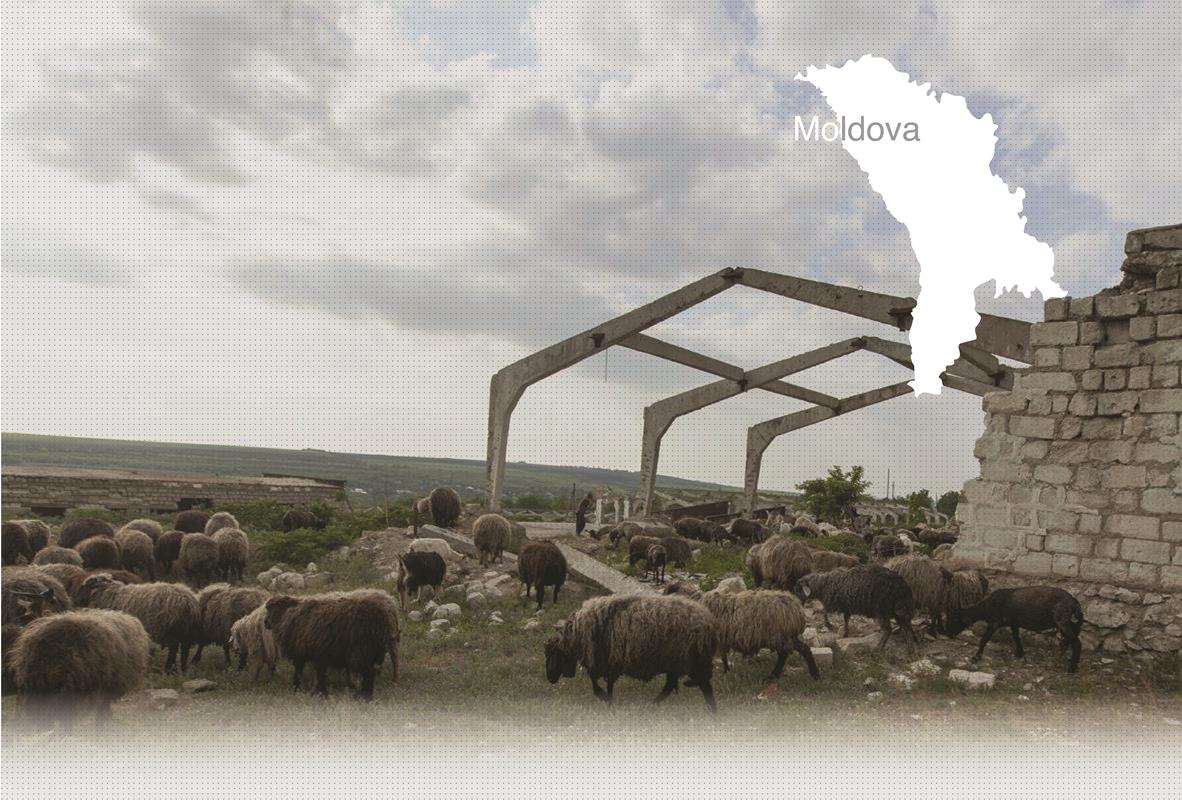

1 Killing site(s)
Vladimir G., born in 1923, remembers: “One day, when I was about to go to the mill with my aunt to grind wheat, we were stopped on our way because the road was blocked. At that moment, the Jews were about to be shot. Before being shot, they were gathered in a camp that was fenced in with barbed wire. There were hundreds of Jews. Then, Romanian perpetrators, as we called them, made them undress and threw their clothes over the barbed wire and local people came to take everything they wanted. Once undressed, the Jews were taken to the pit, where they were shot in groups of 30-70.” (Eyewitness n°118, interviewed in Dubăsari on August 13, 2013)
“On September 12, 1941, at 5am, a German punitive unit along with Romanian gendarmes and local police from the Primaria brought 2,500 Jews into the yard of the Tobacco factory in Dubasari. There were women, men, elderly people, and even newborns. “When I arrived in the factory’s yard where the Jews had been gathered, the punitive unit was about to separate men from women and children. Everybody cried. The women with children stayed in the yard, guarded by local police, while the men were taken to the pits that had been dug in advance. Once there, the Jews were ordered to sit down, at about 100m away from the pit. Later, Kommandant K. and the policemen chose 20 people and took them to the pit, forced them to undress and to kneel down at the edge of the pit. Then, in front of the eyes of the other Jews, they were killed. All of the 2,500 Jews were shot in groups, one after another, by 1pm. First, they shot the men and then the women, children and the elderly.” [Deposition of Aleksandr D., a former chief of the village, integrated in a Special report made by Soviet commission in 1944-1945, 22.002M.7021-96/96]
Dubăsari is a town located on the banks of the Dniester River in eastern Moldova. The Jewish community in Dubasari dates back to the 18th century. In 50 years, from 1847 to 1897, the Jewish community doubled, making up 43% of all the population. In 1882, there were already pogroms against the Jewish population. Due to the civil war in 1918 – 1920, a great number of Jews evacuated to Romania. There was a Jewish cemetery and a synagogue, the building of which still remains modern day. The majority of Jews lived off of the grain trade, wine trade or by working in small factories, such as the tobacco factory. According to witness n°116, some Jews worked in the kolkhoz together with Moldovans, Russians and Ukrainians. On the eve of WWII, in 1939, there were 2,198 Jews living in Dubasari. Before the Germans’ arrival, the number of Jews had increased to 3,500 as Jews from Bessarabia and Bukovina fled their homes to live in Dubasari. The town was occupied by German troops on July 27, 1941.
Right after the German occupation, a ghetto was established in August 1941. According to the archives and Yahad’s research results, it was created in the yard of tobacco factory and was fenced in. The Jews from the entire district and nearby villages were gathered in this ghetto for about one month. Then, on September 11-12, the first Aktion was conducted during which 2, 500 Jews, including men, women, children, were executed. By September 28, about 6,000 Jews had been murdered. A witness interviewed by Yahad-In Unum remembers that the Jews were forced to undress inside the ghetto and were taken to the pits, almost naked, in groups of 20. Once the Jews were killed, Romanian gendarmes took off their valuables and pulled out their gold teeth. The executions were conducted by mobile squads, Einsatzkommado 12, with the help of Romanian gendarmes as well as the local police and administration. The total number of victims varies according to the source as different sources take into consideration different types of victims. While some of them count only the Dubasari Jews, others include Jews from Bessarabia and its surroundings who were brought to Dubasari in 1943 and exterminated shortly thereafter. According to the Soviet Commission, in total, about 18,000 Jews were killed in Dubasari.
Do you have additional information regarding a village that you would like to share with Yahad ?
Please contact us at contact@yahadinunum.org
or by calling Yahad – In Unum at +33 (0) 1 53 20 13 17